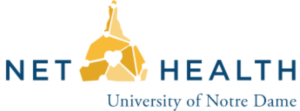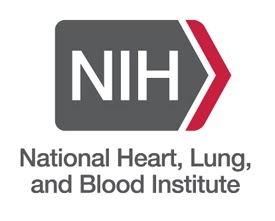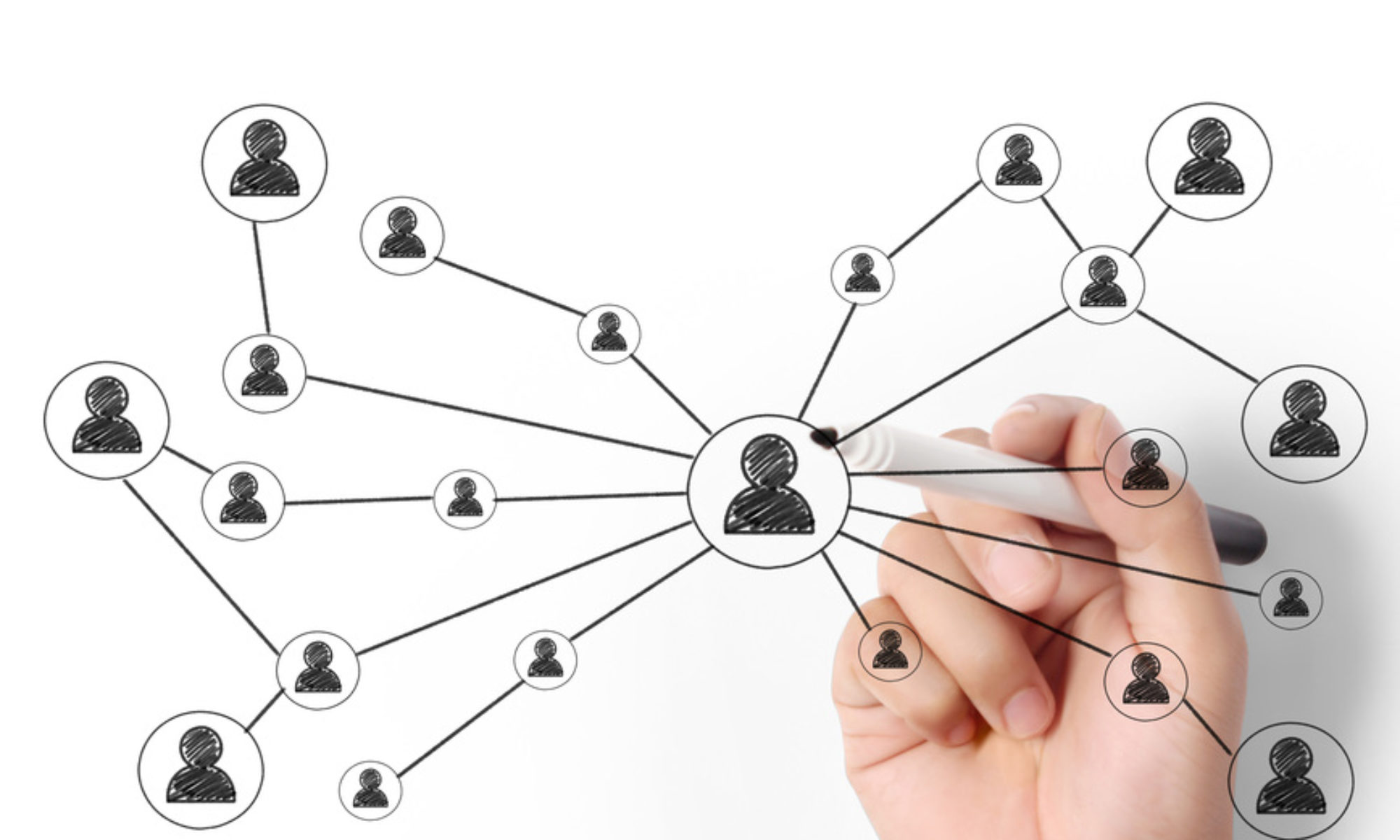The NetHealth Project is a multi-year longitudinal study of social networks and health funded by the National Health, Lung and Blood Institute of the National Institutes of Health (5R01HL117757-04) and administered through the Center for Network Science and Data at the University of Notre Dame (formerly iCeNSA). The project collected a wide range of data from a cohort of Notre Dame undergraduate students who entered Notre Dame in the Fall of 2015 and graduated in the Spring of 2019. Around 700 students were initially recruited for a two-year study, and 300 students in this cohort continued to participate for an additional two years (totaling four years overall). The study involved the collection of several types of data, including information on each participant’s social networks, physical activity and sleep obtained from Fitbit devices, and physical and mental health, social-psychological states, tastes and various self-reported behaviors, and demographics and background traits through surveys.
Through this website, we are releasing a good deal of the data that was collected. This website documents and provides access to the various data sets that we are releasing.
This data is confidential and was obtained with informed consent from study participants through approved IRB protocols designed to ensure confidentiality and maintain the security of the data. We have implemented a case identification system that anonymizes the data while allowing researchers to link together data from different sources. Details on this system are in the Data Linkage and Identification section under the Data Collection heading where we also provide detailed descriptions on each of these data collection efforts and resulting datasets, as well as information on the Sample:
-
- Communication Data: Event (time-stamped) records of all communication events logged on a study participant’s smartphone. This is the information used to construct social networks (arc and edge lists) of participant’s communicative interactions with other people.
- Basic Survey Data: 8 waves of data collected through surveys completed online by participants every 3-4 months.
- Network Survey Data: 8 waves of data collected through surveys every 3-4 months in which students were asked to name and provide information on up to 20 people with whom they had interacted.
- Fitbit Data (Daily Activity and Daily Sleep Data): Daily data on a variety of measures computed from Fitibt sensors such as number of steps, active minutes, average daily heart rate, minutes in various heart rate zones, beginning and ending times of sleep periods, sleep duration, and sleep interruptions.
- Courses and Grades Data: For a select sample of participants who consented, data from administrative records from Notre Dame Registrar’s Office containing course and grade information on each course taken.
- Calendar: The data collection lasted 194 weeks. We provide a weekly calendar for researchers detailing when classes began, break weeks, holidays, etc.
Collecting, managing and cleaning all this data was a large and complicated task involving many people including engineers, computer scientists, and social scientists over a five year people (see People section). One novel aspect of this study is the collection of both (1) self-reports on networks and behaviors through periodic surveys and (2) the collection of behavioral data through remote, always-on mobile sensors, such as Fibtit devices and network data through smartphones. All participants were given a Fitbit device which they periodically synced with the Fitbit cloud from which we then retrieved with an API the Fitbit data. All participants installed apps on their smartphones and computers that allowed us to retrieve daily logs of communication events.
The Data is available on the Data page. Please let us know using this form if you have downloaded and are using this data as we will periodically send people updates on data release and documentation, and we would like to track who is using the data and the results in published papers and research reports.
Details on the documentation are discussed in the Documentation section where researchers can access:
- Codebooks for each dataset
- Tables with information on codes and scales employed
- Supplemental Material with detailed information on various aspects of the data collection.


